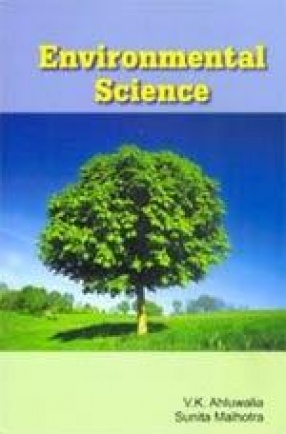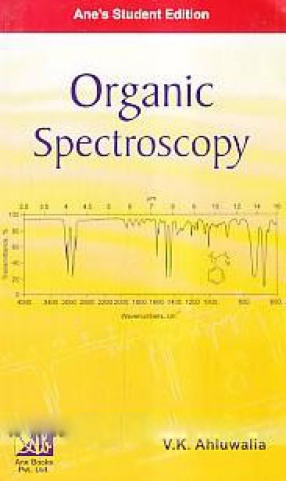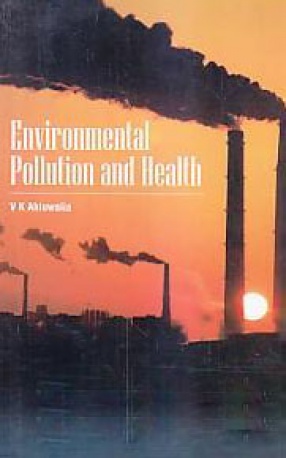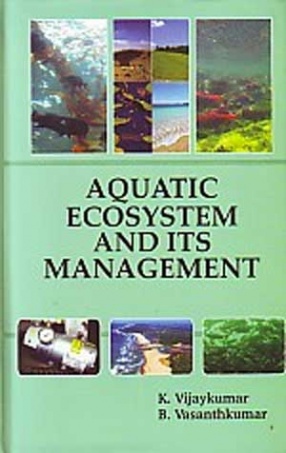‘Environmental Science’ gives an exhaustive coverage to a variety of issues related to the environment. The theme on ‘Energy’ has been chosen as Chapter I as it is the prime requirement of developed as well as developing countries. The energy demands have already gone high and would go on increasing in future also. Hence, harnessing of various sources of energy is a focal point for our relationship with the environment. Chapter 2 on ‘Environment’ covers fundamentals of environment, its segments and components as well as the general terminology which is used throughout the book. Chapters 3 to 9 include a detailed discussion on various components of environment including various pollutions, their sources and effects. A due coverage has been given to the effects of these pollutants on human health. The treatment of these pollutants and their control have been dealt at appropriate places. In addition to the pollution of air, land, soil and water, another serious threat to the environment is the ‘hazardous waste’ generated by various human activities. The developmental activities are responsible for the generation of hazardous waste, noise pollution, climate change, and are threatening the biodiversity. In fact, the survival of human beings and various other species is under threat. All these issues have been elaborated in the later half of the book in Chapters 10 to 13. A better control and management is the need of today. Various legal provisions, agreements, conventions and role of agencies involved in the protection of the environment are described in Chapter 14 on ‘Environmental Management’. Chapter 15 includes some case studies which have a direct relevance to the environment and the people. It emphasizes how we need to change our life styles in this age of development and modern technology while maintaining the healthy surroundings. Unit 16 is a window to the cleaner future and discusses the role of newer, cleaner, greener techniques of chemistry in making the environment pollution free. It also throws light on the paths and initiatives taken by various segments of the society to protect the environment. The main thrust of this book is on the chemistry of environmental processes and pollutants. In addition to this, a wide coverage on various others aspects of environment is purposely included to make it relevant for a large number of students studying chemistry, environmental sciences, life sciences, engineering and other disciplines at undergraduate and post graduate levels. The interdisciplinary approach makes the book quite informative and interesting for all readers. The contents cover the topics suggested in the syllabi of several universities at undergraduate and postgraduate levels. A special feature of this book is that the environmental issues have been dealt from the global perspective, in general and with the Indian focus, in particular. The data included has been obtained from the original and reliable sources which we gratefully acknowledge. The latest and current information for various environmental parameters have been included. Thus, this book aims to serve the students of all Indian and other universities. Finally, the style is reader friendly and the language used is quite simple. A lot of illustrations have been included to make the coverage more interesting and informative. To facilitate the readers, an index of contents and the glossary have also been incorporated.
Organic Spectroscopy
$13.50
$15.00








There are no reviews yet.